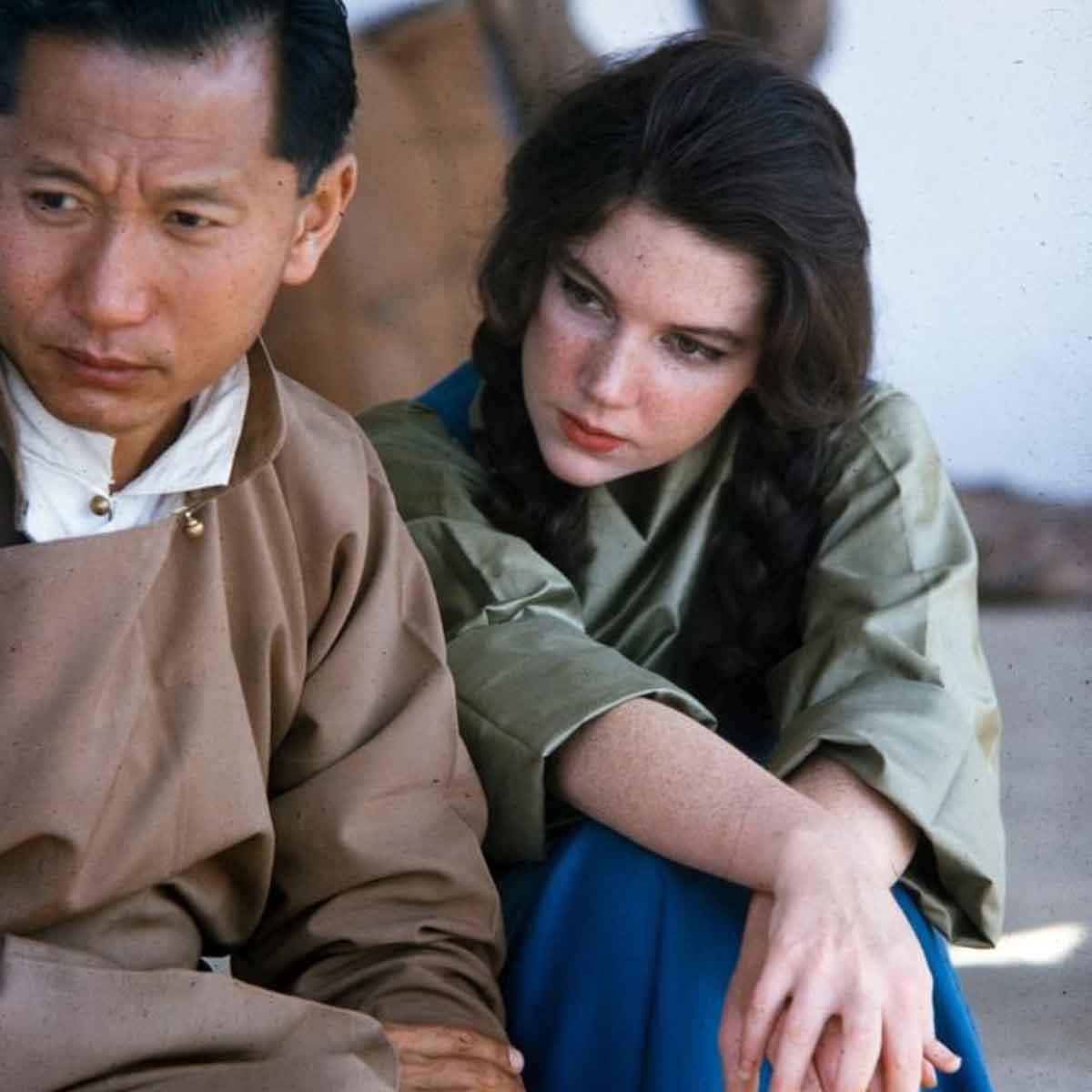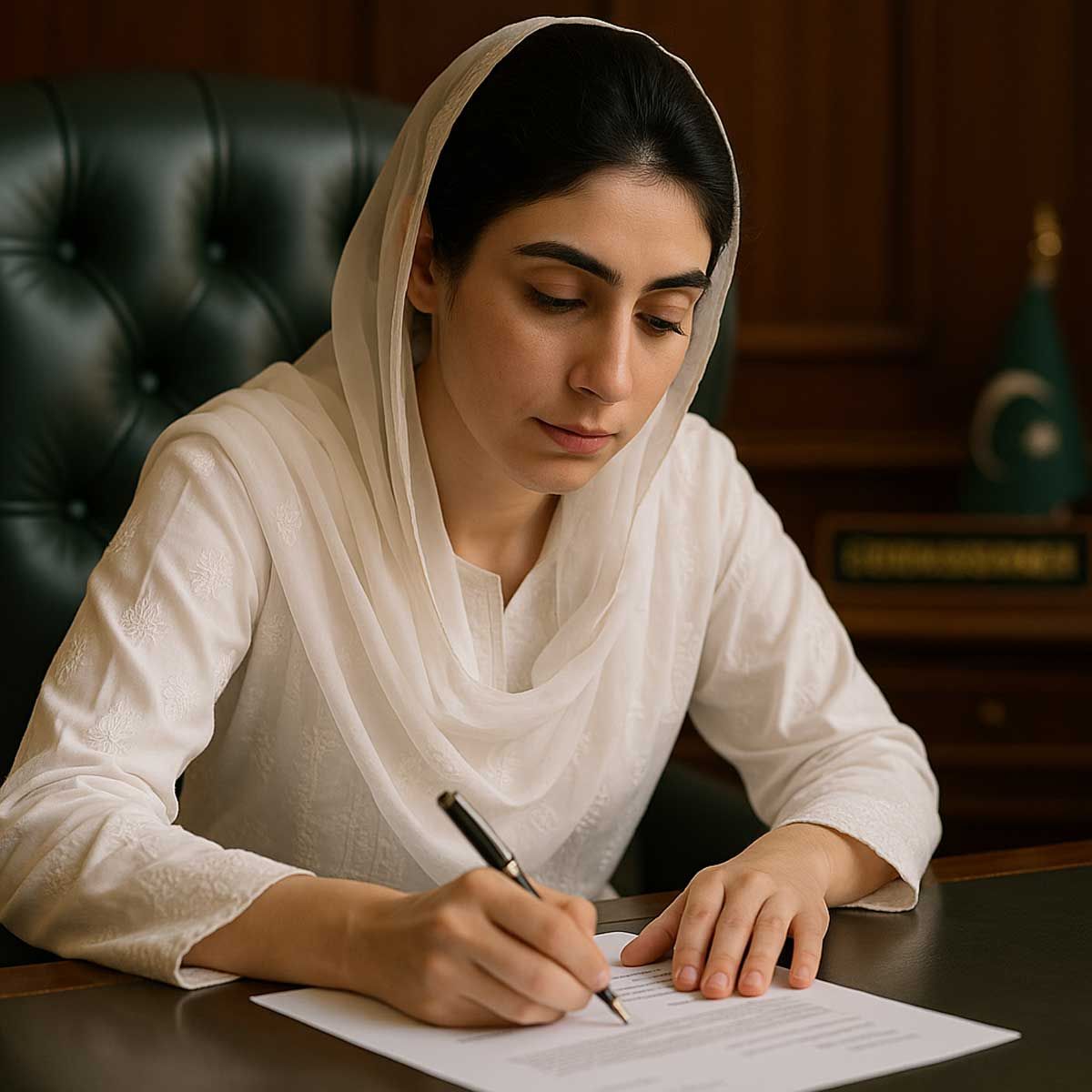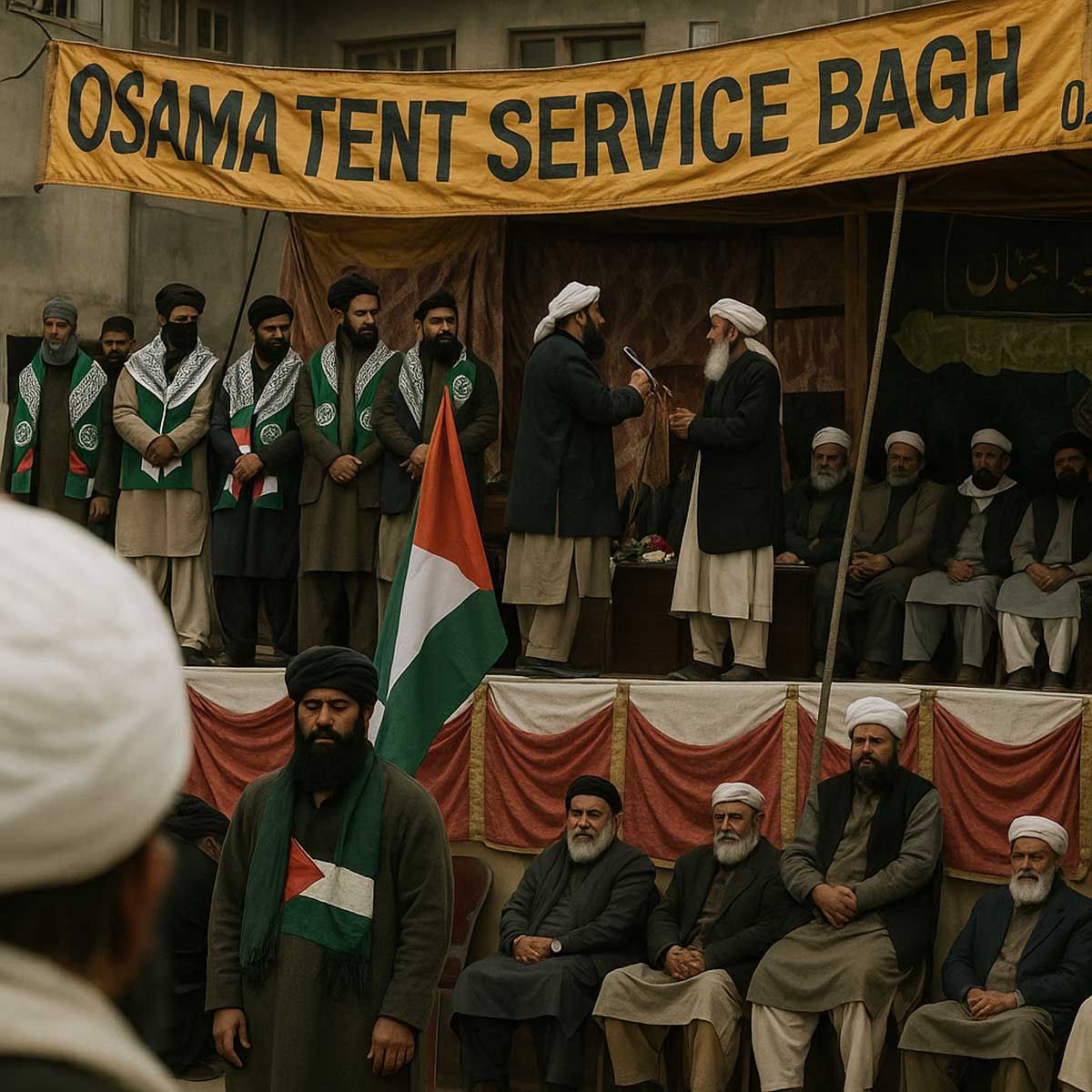Sanatan Articles
Satyaagrah
Written on
Satyaagrah
Written on
Satyaagrah
Written on
Satyaagrah
Written on
Satyaagrah
Written on
JOIN SATYAAGRAH SOCIAL MEDIA
When in a special referendum in 1975 people of Sikkim chose India over monarchy to become the 22nd State of the Indian Union: Rule of the Chogyal king and his mysterious American Wife Hope Cooke ended

Settled in the mountains of the Himalayan range, the state of Sikkim has a very interesting history hardly known by anyone. The state of Sikkim formally became a part of India on April 14, 1975, after the Sikkimese people unitedly demanded the end of the monarchy.
In a special referendum held in 1975, more than 97% of the electorate ie around 97,000 people had voted for the merger of Sikkim with India. Reportedly, the voter turnout ratio stood at 63 percent then.
Before 1975, the state of Sikkim was widely known as the ‘kingdom of Sikkim’ and was ruled by the Chogyal dynasty. Years after Phuntsog Namgyal, the first spiritual king who ruled the state in 1642, the ‘kingdom of Sikkim’ was handed over to Palden Thondup Namgyal who ruled as king till the year 1975.
 The 12th Chogyal (King) of Sikkim and his Gyalmo (Queen consort), Hope Cooke, with their daughter, Hope Leezum, watch birthday celebrations in Gangtok, Kingdom of Sikkim |
The Namgyals belonged to the Bhutia community and had first entered India from Tibet in the 14th century. The then king of Sikkim, Palden Thondup Namgyal had an American wife Hope Cooke who became infamous for playing a major role in Namgyal’s resistance to merging Sikkim with India.
Cooke had declared the special referendum held in 1975 ‘illegal and unconstitutional’. But the opinion of the Sikkimese mattered the most to the then Sikkim’s pro-India Chief Minister Kazi Lendup Dorji.
Dorji immediately sent the results of the latest election to the then Prime Minister Indira Gandhi and asked her to accept the decision. The Chogyals also asked the Indian government to take over the administration after the political situation in the state got out of control.
Meanwhile, China who had intentions to expand its territorial boundaries and had long kept an eye on Sikkim accused India of forcefully trying to annex Sikkim. Prime Minister Gandhi in response reminded the Chinese of their ‘take over’ of Tibet, which borders Sikkim. Gandhi stated that India in the case of Sikkim was only responding to the popular wishes and votes of the Sikkimese.
The 36th amendment of the Constitution of India in the year 1975 repealed the 35th Amendment i.e., "2A. Sikkim to be associated with the Union- Sikkim, which comprises the territories specified in the Tenth Schedule, shall be associated with the Union on the terms and conditions set out in that Schedule." and made Sikkim the 22nd state of the Indian Union which abolished the monarchy in Sikkim.
The Chinese administration further accused India of influencing the people of Sikkim to vote for Sikkim’s merger with India and demand an end to the monarchy. This is after the people of Sikkim began to form political parties and protest against Namgyal.
The Sikkimese aimed to abolish feudalism, establish a popularly elected government, and merge Sikkim with India, all of which were resisted by the Chogyal and his supporters. The Chogyal, who had lost his value as a king later alleged that India had deliberately sent the Indian army to disarm his 400‐man army. But the Indian Army was sent to Sikkim to protect the king amid the not-so-good political situation in the state.
While China kept on accusing India of influencing the voters in the latest election, the Chogyal said that the referendum should have been conducted by a neutral agency and not by either the Sikkim administration or the Indian Election Commission.
 |
China also accused India was attempting to illegally access Sikkim by interfering in the election process. It stated that India was upset with Namgyal creating problems for the country after consulting his American wife.
America meanwhile ridiculed China’s accusations and believed that India had no intentions to forcefully annex the state of Sikkim and that the country was just respecting the decision of the people of Sikkim who wanted to be a part of India.
Speaking geographically, the north-eastern part of the country is of strategic importance as it occupies eight states of India- Arunachal Pradesh, Nagaland, Manipur, Assam, Tripura, Mizoram, Meghalaya, and Sikkim. To the north of Sikkim lies Tibet, over which China claims its control. To the east of the state is Bhutan, an allied nation of India but China has been trying its best to woo it. To the west of Sikkim is Nepal, the rulers of which incline on both India and China, depending on the situation.
|
Another important part of Sikkim’s history lies in understanding the relationship between the British and the state. The kingdom of Sikkim was established in 1642 and since then it had been fighting territorial wars with Bhutan and Nepal.
In the mid-18th century, the Nepalese had captured a few parts of western Sikkim and the Nepalese largely began to migrate to Sikkim. In 1816 the Nepal-occupied territories were restored to Sikkim by the British in return for its support during the Anglo-Nepalese War. Later in the year 1817, Sikkim signed the Treaty of Title with the British that guaranteed security to the then kingdom of Sikkim.
The British East India Company and the kingdom of Sikkim further signed the Anglo-Sikkimese Treaty of 1861. The treaty gave Britishers the right to free trade and road making through Sikkim to Tibet.
 American wife Hope Cooke became infamous for playing a major role in Namgyal’s resistance to merging Sikkim with India |
In 1890 an agreement was concluded between the British and the Tibetans that defined the border between Sikkim and Tibet. The Chogyals favoured the Chinese and allegedly allowed China to expand its territory. After the Britishers left, the Sikkimese began protests against the Chogyals. They kept on protesting and reduced the Chogyals to a figurehead monarch. Even today, China continues to stake its claim on a large part of Sikkim and continues to violate international rules.
It is worth noting that the state of Sikkim became an integral part of India after 28 years of India’s independence. Discussions on the process of its merger with the Republic of India started after the Indo-China war in 1962, in which India had to face defeat.
One of the reasons for India’s defeat during the Indo-China war is also considered to be the difficulties faced by the Indian Army in the North-East region. The Chogyal of Sikkim was more inclined towards China and the dragon, known for its expansionist character, wanted to capture every state of India adjacent to its border.
|
China even today continues to possess the same policy, due to which major disputes like the Doklam issue surface on the borders of India and China. Nobody but Pandit Jawaharlal Nehru’s decision-making ability is to be questioned here as he proposed no clear idea about the northeast policy.
According to the reports, the American diplomats based in India also had stated to the State Department of the USA that if Pandit Jawaharlal Nehru had accepted the policy proposed by Sardar Vallabbhai Patel, Sikkim would have become a part of India 25 years ago.
About Hope Cooke
Hope Cooke was born in San Francisco, to an Irish-American father, John J. Cooke, a flight instructor, and Hope Noyes, an amateur pilot.
In 1959, Cooke was a freshman majoring in Asian Studies at Sarah Lawrence College and sharing an apartment with actress Jane Alexander. She went on a summer trip to India and met Palden Thondup Namgyal, Crown Prince of Sikkim, in the Hotel in Darjeeling, India.
On March 20, 1963, Cooke married to Namgyal, who soon became the last king of Sikkim, in a Buddhist monastery in a ceremony performed by fourteen lamas. Wedding guests included members of Indian royalty, Indian and Sikkimese generals, and the U.S. Ambassador to India, John Kenneth Galbraith.
By 1973, both the country and their marriage were crumbling: Sikkim was annexed by India. Five months after the takeover of Sikkim had begun, Cooke returned to the United States.
|
References:
 Support Us
Support Us
Satyagraha was born from the heart of our land, with an undying aim to unveil the true essence of Bharat. It seeks to illuminate the hidden tales of our valiant freedom fighters and the rich chronicles that haven't yet sung their complete melody in the mainstream.
While platforms like NDTV and 'The Wire' effortlessly garner funds under the banner of safeguarding democracy, we at Satyagraha walk a different path. Our strength and resonance come from you. In this journey to weave a stronger Bharat, every little contribution amplifies our voice. Let's come together, contribute as you can, and champion the true spirit of our nation.
 |  |  |
| ICICI Bank of Satyaagrah | Razorpay Bank of Satyaagrah | PayPal Bank of Satyaagrah - For International Payments |
If all above doesn't work, then try the LINK below:
Please share the article on other platforms
DISCLAIMER: The author is solely responsible for the views expressed in this article. The author carries the responsibility for citing and/or licensing of images utilized within the text. The website also frequently uses non-commercial images for representational purposes only in line with the article. We are not responsible for the authenticity of such images. If some images have a copyright issue, we request the person/entity to contact us at satyaagrahindia@gmail.com and we will take the necessary actions to resolve the issue.
Related Articles
- Assam King Prithu who badly defeated Bakhtiyar Khilji, destroyer of Nalanda University in Battle of Kamrup in 1206 CE
- Saraswathi Rajamani, at 16, became the youngest and first female spy for INA, boldly recruited by Netaji in 1942, courageously spent two years spying on the British in Myanmar during WWII, a pivotal yet overlooked heroine in India's struggle for freedom
- Unsung Heroine Pritilata Waddedar, Who Shook The British Raj at the age of 21
- Winston Churchill's hate for Indians caused millions of deaths: A villainous supremacist
- Explained: China’s Village Construction In Bhutan’s Territory And What It Wants To Achieve With This Creeping Invasion
- How Britishers were challenged by 83 year old Ropuiliani in Mizoram in 1892-’93
- Taimur was attacked and defeated by 20 year old Rampyari Gurjar and her army of 40,000 women
- Can Communism and Democracy Coexist - 100 Years of Russian Revolution
- Operation Trident,1971: How Indian Navy Pulled Off One Of Its Greatest Victories over Pakistan, Karachi burned for seven days
- Santi Ghosh and Suniti Choudhury: Two Teenage Freedom Fighters Assassinated British Magistrate
- Jhalkaribai: The Indian Rebellion Of 1857 Who Took on British Forces Disguised as Laxmibai
- Hero of Pawankhind: Veer Maratha Bajiprabhu Deshpande, who led 300 Soldiers against 12000 Adilshahi Army defending Shivaji
- Sarla Thakral, India's first woman pilot at just 21, defines Nari Shakti, rising in a saree amidst a male-dominated era, she transitioned as a visionary artist and designer, her legacy remains an emblem of resilience and women empowerment in India
- Saam Daam Dand Bhed: How Indira and Sanjay Gandhi pulled off the Maruti scam
- Nehru's Himalayan Blunders which costed India dearly - Pre-Independence





















